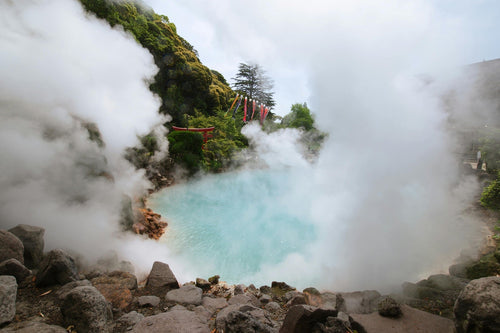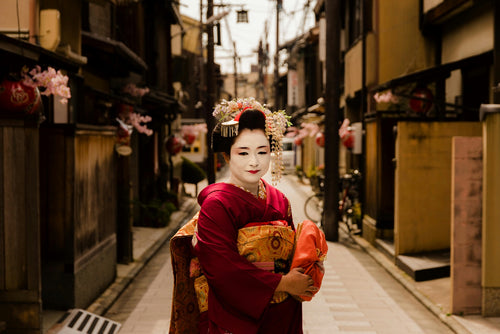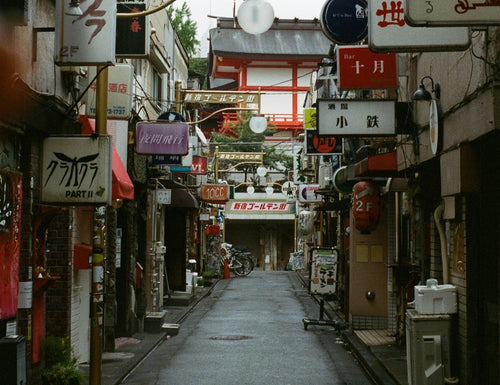
7 Best Places to Discover Japan’s Samurai History
Japan’s samurai history is one of honor, skill, and deep cultural influence, stretching back centuries and leaving an indelible mark on the country’s identity. From ancient castles and samurai residences to museums filled with armor and swords, Japan offers numerous destinations where visitors can explore the rich legacy of the samurai. These warriors, governed by the Bushido code of honor and loyalty, have become an enduring symbol of Japan’s heritage.
This guide highlights seven of the best places in Japan to experience samurai history firsthand, offering a journey through ancient castles, preserved districts, and museums dedicated to these iconic warriors.
1. Edo-Tokyo Museum (Tokyo)
The Edo-Tokyo Museum in Tokyo offers an immersive look into Japan’s Edo period (1603–1868), an era defined by samurai governance and the cultural development of the capital, then known as Edo. The museum’s extensive exhibits cover various aspects of samurai life, including their weapons, daily routines, and the social hierarchy of the time. The Edo-Tokyo Museum’s life-sized reconstructions of Edo-era buildings allow visitors to experience the atmosphere of samurai society firsthand.
This museum provides invaluable insights into how samurai shaped Tokyo’s history and urban development. Visitors can view exhibits of armor, swords, and learn about the Bushido code that governed samurai life, making it a fantastic starting point for samurai history enthusiasts.
2. Kumamoto Castle (Kumamoto)
One of Japan’s most impressive and historically significant castles, Kumamoto Castle was built in the early 17th century and became a symbol of samurai strength and strategy. This fortified castle, known for its defensive structures, is associated with the powerful Kato and Hosokawa clans. Although Kumamoto Castle sustained damage in the 2016 earthquake, it has been undergoing restoration, and sections are now open to the public.
Visitors can explore the castle’s towers, gates, and reconstructed interiors to appreciate the architectural advancements that made it one of the most formidable castles of its time. Kumamoto Castle is a testament to samurai ingenuity and remains an iconic part of Japan’s warrior legacy.
3. Sengaku-ji Temple (Tokyo)
Sengaku-ji Temple in Tokyo is famous as the final resting place of the 47 Ronin, one of Japan’s most celebrated samurai legends. In 1701, these masterless samurai avenged their lord’s forced seppuku by assassinating his rival, an act that has been immortalized in Japanese history. The graves of the 47 Ronin and their leader, Oishi Kuranosuke, can be found here, along with memorial statues and offerings left by visitors.
The annual festival held in December, commemorating the 47 Ronin’s loyalty and sacrifice, draws visitors from across Japan. Sengaku-ji offers a poignant insight into samurai values such as loyalty, honor, and sacrifice, making it a must-visit for those interested in samurai history.
4. Kanazawa Samurai District (Kanazawa)
Kanazawa’s Nagamachi Samurai District is a well-preserved area that offers a glimpse into the lives of samurai during the Edo period. This district, located at the foot of Kanazawa Castle, contains former samurai residences, narrow streets, and earthen walls that give visitors a sense of stepping back in time. Some residences, like the Nomura-ke house, are open to the public, showcasing traditional furnishings, tea rooms, and beautiful gardens that were once reserved for samurai families.
The Nagamachi district also includes small museums displaying samurai armor, weapons, and artifacts from the Kaga Domain, which was ruled by the powerful Maeda clan. Kanazawa’s Samurai District offers an intimate look into the lifestyle and aesthetics of samurai households.
5. Nagoya Castle (Nagoya)
Nagoya Castle, originally constructed in 1612 by Tokugawa Ieyasu, is a symbol of samurai power and a historically significant landmark. Known for its distinctive golden shachihoko (mythical tiger-fish ornaments) on the roof, the castle played an important role in Japan’s feudal history. While much of the original structure was lost during World War II, the castle has been beautifully reconstructed, with plans to restore more sections in traditional wooden construction.
Visitors to Nagoya Castle can explore its spacious grounds, reconstructed main tower, and museum exhibits that showcase samurai armor, weapons, and relics from the Tokugawa era. The castle’s grandeur reflects the power and influence of the samurai during Japan’s feudal period.
6. Matsumoto Castle (Nagano)
Matsumoto Castle, often called the “Crow Castle” due to its black exterior, is one of Japan’s most iconic original castles. Built in the late 16th century, it is one of the few remaining castles with its original wooden interiors. Known for its imposing architecture and strategic design, Matsumoto Castle is an example of the martial architecture that defined the samurai era.
Visitors can climb the steep stairs of the main keep, exploring rooms that once housed samurai and observing the narrow windows used for archery and firearms defense. Surrounded by a scenic moat and mountains, Matsumoto Castle offers a picturesque and historically rich experience for samurai enthusiasts.
7. Aizuwakamatsu (Fukushima)
Aizuwakamatsu, also known as the “Samurai City,” is a town in Fukushima Prefecture that played a key role in the Boshin War, one of Japan’s last civil conflicts involving samurai. The town’s Tsuruga Castle, also known as Aizu-Wakamatsu Castle, is a symbol of the samurai’s resilience and loyalty. Though the original castle was destroyed, the current reconstruction houses a museum dedicated to Aizu’s history and the samurai spirit.
Aizuwakamatsu is also home to the Byakkotai gravesite, where young samurai warriors who served the Aizu clan are buried. The region’s samurai heritage is preserved through historical sites, museums, and festivals, offering visitors a profound sense of Japan’s warrior legacy.
These seven destinations capture the essence of Japan’s samurai history and provide unique experiences for visitors interested in exploring the rich legacy of these iconic warriors. From legendary castles to the preserved samurai districts, each site offers a window into Japan’s feudal past and the enduring values of honor, loyalty, and discipline that defined the samurai way of life.
Share
You may also like
-

Visiting Japan’s Love Hotel Districts: What to Expect
Japan’s love hotel districts are famous for their unique and fascinating blend of privacy, creativity, and a touch of...
-

9 Best Hot Spring and Bathhouse in Tokyo
Tokyo is known for its vibrant urban energy, but it's also a fantastic place to relax and rejuvenate in hot springs (...
-

Geisha Culture in Japan: Myths and Realities
The world of geisha, Japan’s skilled performers and keepers of traditional arts, has long intrigued people around th...
-

5 recommended bars in Golden Gai
Golden Gai, nestled in the heart of Tokyo’s Shinjuku district, is one of the city’s most iconic bar districts. Known ...
There are currently no related posts.




